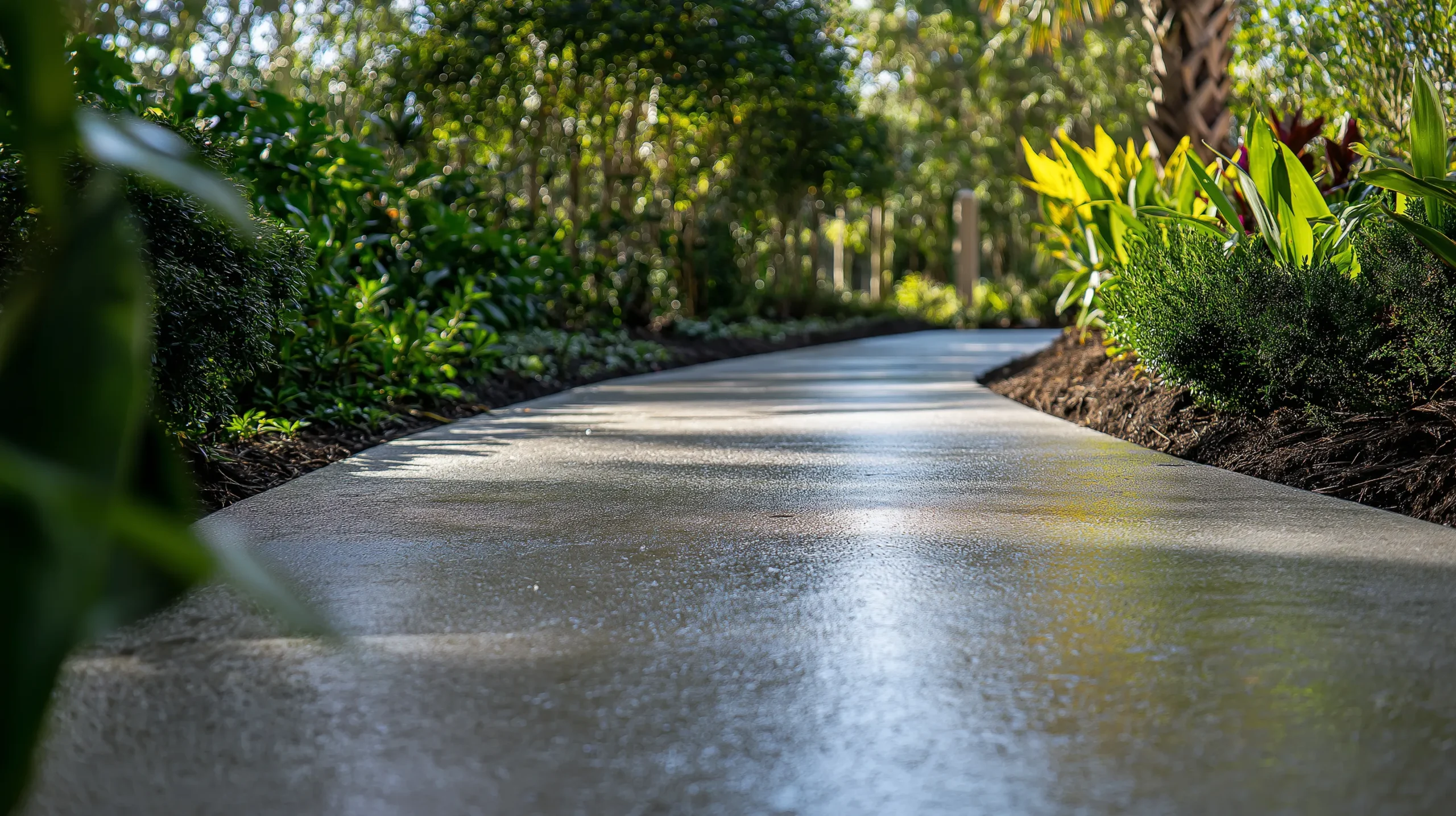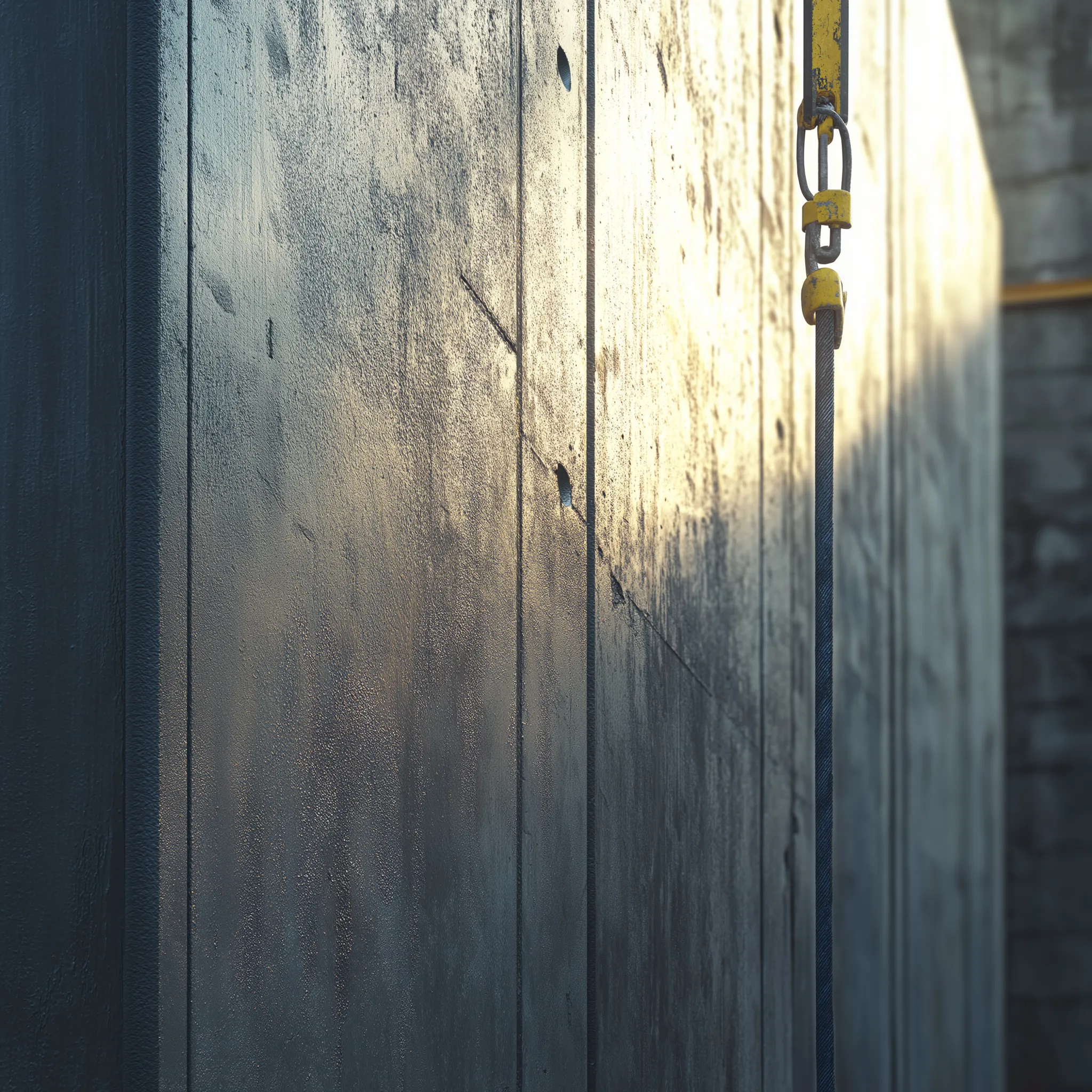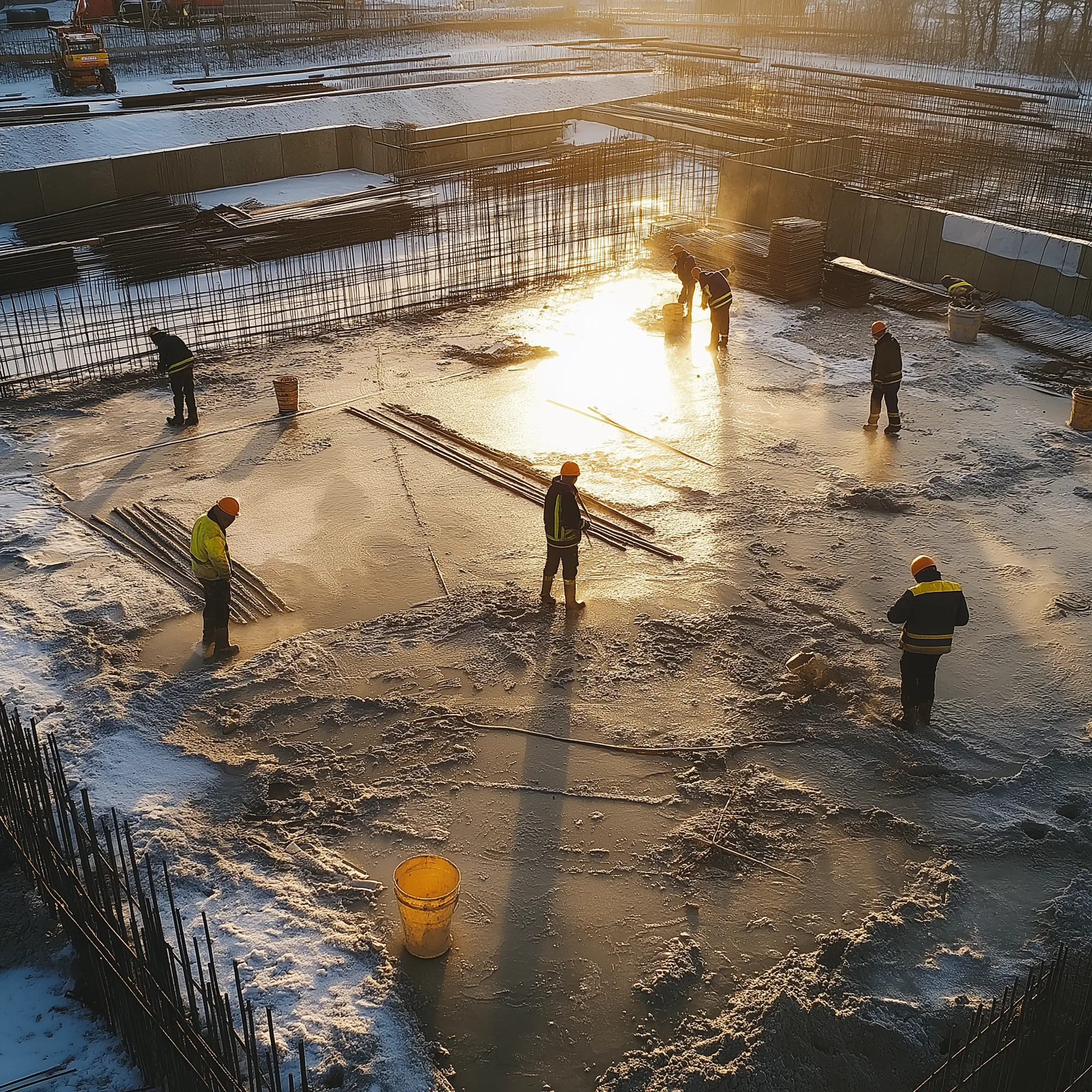Concrete sealers serve a very necessary purpose in the beautification and protection of concrete surfaces. The following is a list of guidelines that should be followed when applying membrane forming sealers.
Surface Preparation: All surfaces to be sealed MUST be properly cleaned
- Concrete must be clean, dry and free of contaminates and preferably cool, out of the direct hot sun. Sealers applied to hot concrete in direct sun can bubble or flash set creating an uneven appearance.
- Early morning dew (condensation) can be difficult to see and can prevent proper adhesion of sealers.
- Avoid wide variation in temperature between concrete and air temperature
- Patterned/colored concrete – be sure to wash off any residual powder release that may inhibit adhesion of the sealer.
- Soaps and detergents should not be used to clean concrete surfaces prior to sealer application. Detergents are emulsions and if allowed to dry on a surface, they form a barrier that can inhibit bonding of most acrylic sealers to adhere.
Application Tools:
ASTM C-1315 replaces TTC-0800 as the curing and sealing specification for the industry.
- Sealers may be applied with a pump-up sprayer or solvent resistant short nap roller.
- If roller applied, do not roll too quickly to avoid whipping air bubbles in sealer or use an application pad.
- If using a sprayer, make sure it is clean and has a fan tip nozzle ad-equate to apply a uniform membrane. Never let the pressure of the sprayer drop below optimum.
- Clean sprayer immediately following application with mineral spirits or xylene.
Sealer Application:
- Test the sealer in an inconspicuous area for desired appearance and to assure proper adhesion.
- Sealer should be applied in a very thin and uniform manner. Back roll any puddles immediately.
- Over application will result in a mottled appearance, could trap moisture, and will not allow sealer to cure properly.
- If at any time the sealer puddles or is over-applied, immediately spray mineral spirits or xylene on top of the sealer to keep liquid and brush out excess to allow the sealer to properly cure.
- For increased gloss, a second coat may be applied after first coat has thoroughly dried, typically 4-6 hours.
- Two thin coats will produce a better gloss than one heavy coat. Cross roll to ensure even application. Apply one direction and then cross roll in perpendicular direction.





